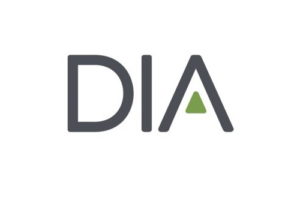Diego Salas from the Latin American Federation of the Pharmaceutical Industry (FIFARMA) and Carlos Felipe Escobar Roa from the Instituto de Prospectiva e Innovacion en Salud (INNOS), writing in the May 2025 edition of DIA’s Global Forum magazine, discuss the findings of a pioneering report launched at the end of last year by FIFARMA and INNOS analysing the region’s regulatory frameworks, institutional capacity, and the country-specific challenges relating to Good Regulatory Practices (GRPs).
FIFARMA and INNOS launched a study in December 2024 to evaluate the adoption of GRP in pharmaceutical product regulation in eight Latin American countries: Argentina, Brazil, Chile, Colombia, Costa Rica, Ecuador, Mexico, and Peru. The study is based on data and perceptions collected from professionals working in National Regulatory Authorities for Medicines (NRAs), pharmaceutical companies, and consulting firms that advise the industry on NRA procedures, and brings a comprehensive analysis of regulatory frameworks, institutional capacity, and country-specific challenges related to GRP. This article summarizes the findings of this study.
What are Good Regulatory Practices?
According to the World Health Organization (WHO), more than two billion people lack access to essential pharmaceutical products. This situation particularly affects developing countries, and regulatory barriers are one of the factors limiting the availability of safe and effective treatments. Regulatory systems play a crucial role in ensuring the safety and efficacy of pharmaceutical products, but they are also a vital component of fostering health innovation and improving public health outcomes. Therefore, advancing the maturity of regulatory systems can greatly contribute to tackling those issues.
Good Regulatory Practices represent a set of principles and practices applied to improve the quality of regulation and achievement of expected outcomes. The WHO and the Pan American Health Organization (PAHO) recognize the value of GRPs and invite member states to integrate GRP principles into their regulatory systems and to consider establishing roadmaps, after consultation with stakeholders, to monitor progress in their implementation. The ability to demonstrate consistent adherence to GRP principles is also a key part of the Regulatory Performance Assessment Process (PEP) that WHO uses to define WHO-Listed Authorities (WLA), and is therefore considered a hallmark of any trusted regulator.
First of Its Kind
The report “Assessment of the Adoption of Good Regulatory Practices in Pharmaceutical Product Regulation in Eight Latin American Countries” was an initiative of the Latin American Federation of the Pharmaceutical Industry (FIFARMA), a nongovernmental organization representing the innovative pharmaceutical industry in Latin America and the Caribbean. FIFARMA collaborated with the Instituto de Prospectiva e Innovacion en Salud (INNOS), which carried out the study as part of its activities as a Health Think Tank. Its intention was to generate evidence to enable better processes for connection, development, research, and innovation in the health sector, thus contributing to the evolution and continuous improvement of health systems in Latin America. This is the first study of its kind, and the intent is to collect and publish data every other year, starting in 2024, as part of the regional Observatory of Good Regulatory Practices (GRPO).
Read the full article on the DIA Global Forum website



